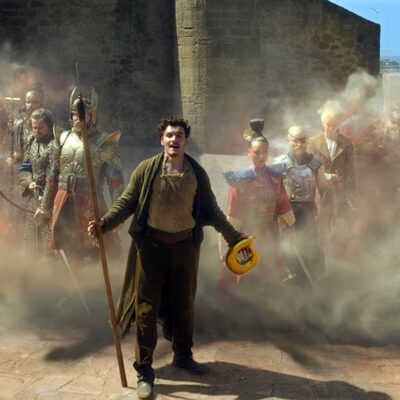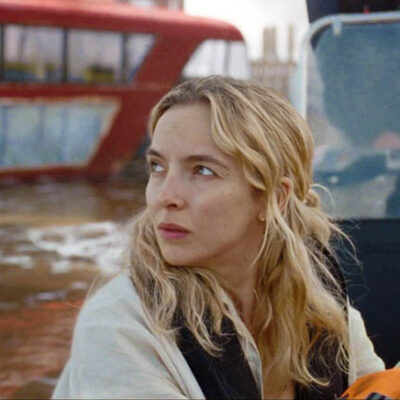Jeff Shapiro, Director of VFX Global Resource Strategy, Netflix
Title complexity and budget are key variables that guide the vendor selection process. Netflix’s highly diverse slate provides opportunities for all types of visual effects studios. The wide degree of creative slate demands can be serviced by local and multi-regional service providers with varying specialties and competencies. Vendor diversity and inclusion are top priorities and drive assignment consideration.
Before the streaming boom, visual effects studios focused on efficiency over agility. Today, production and creative agility is critical to a vendor’s success. Production planning and scheduling, artist workflow and creative pipelines need to be able to handle varying degrees of iterations. Production tracking tools are more important than ever.
Andy Fowler, Director of Visual Effects and Virtual Production, Netflix
It comes down to market pricing and vendors being realistic about what they need to sustain their business. Being mindful not to bid too much below their market price, hence lowering their margins. Also, those making content should respect those market prices. It’s an ecosystem, we depend on each other, and so we need to support each other. Responsible management at all levels and sides of the business are important for it to remain sustainable.
Shawn Walsh, Visual Effects Executive Producer and General Manager, Image Engine
At Image Engine, we bid exactly the same as always – assessing CG builds, shots and management personnel expenditures needed to execute the work from a cost perspective as a priority prior to assigning market value. We believe strongly in first assessing the cost impact on us prior to seeing what the market value for a particular scope of work might be. This is probably a more film-like approach in its considerations, but our philosophy has always been that if we are using all of the same things – facilities, technologies, people – and those things cost exactly what they did yesterday, then why would we cost out differently? That being said, our bidding process is extremely robust and can both adjust to a rapidly changing creative brief as well as keep us in check with historical information. We are confident that whatever work makes it through our bidding filter will be the right work regardless of what type of work it is. Lately, it seems like even our relationships are straddling the gap between television and film work with many of our former film clients coming back to repeat work at Image Engine, only on the television side.
Looking at the debt loads and fiscal challenges of larger entities like Deluxe and Technicolor, who have a major stake in the visual effects business as a whole, is duly concerning for everyone in the industry. Without sufficient cash flows to substantiate research and development, many of the top 50 or so companies worldwide will struggle to move forward, and that’s bad for our clients. Especially in an era of rapidly increasing sophistication, that’s a lose-lose scenario. Just surviving corporately is not enough, and perhaps that’s where the win-win is for the industry and the client base. Well-run companies that prove their merit technically, creatively and managerially deserve the assumption of profitability from their clients towards the goal of sustainability. That has to be a win-win, and it has to start with the client base valuing what visual effects companies bring to the table.
Viktor Muller, CEO and VFX Supervisor, UPP
Visual effects vendors will always find how to adapt to all requests from their clients. Of course, only some will survive. It’s the same as the time when a rebate system came up. Vendors should worry more about what happens when one of these giants stop their production and there’s a few hundred projects less. In the meantime, this industry is super hungry and everyone is missing people. What will everyone do when Netflix or Amazon slows down? There is a new ‘millennial’ style that connects people/freelancers into virtual companies/clouds so all of them are working on their own and the only management, supervision, rendering and IO is going through a solid VFX house. I am personally pessimistic about this model as it will lead to problems with laziness and egos.






















